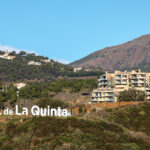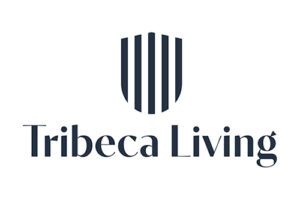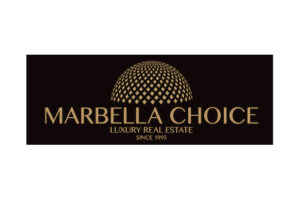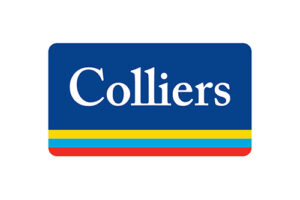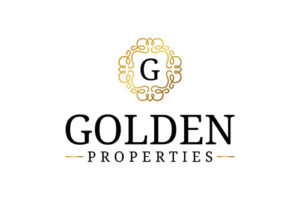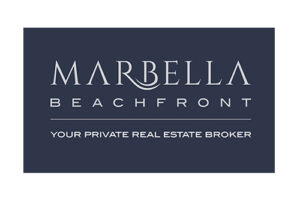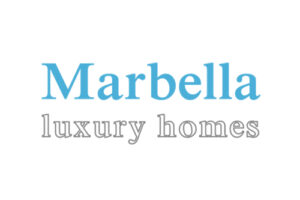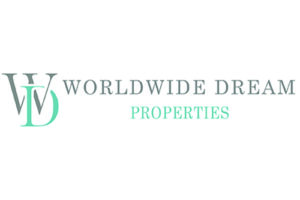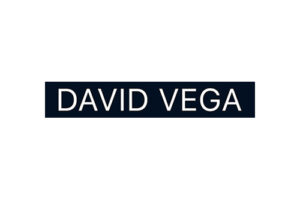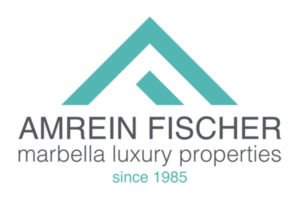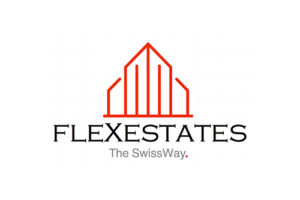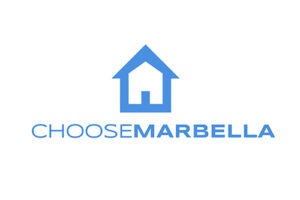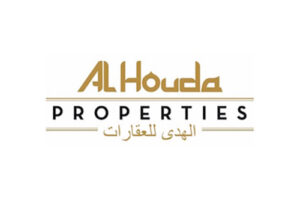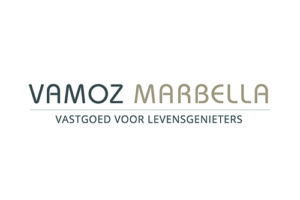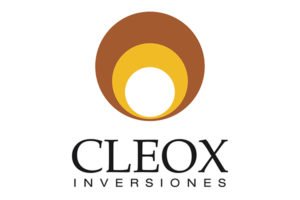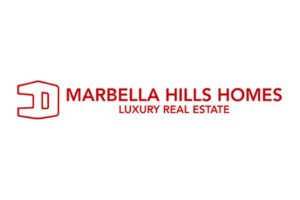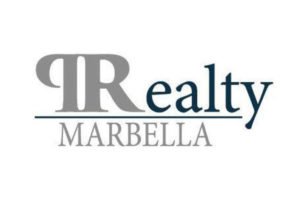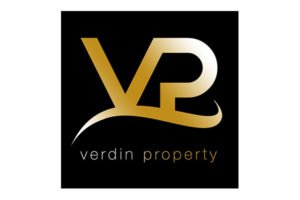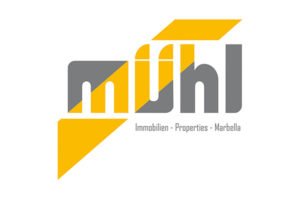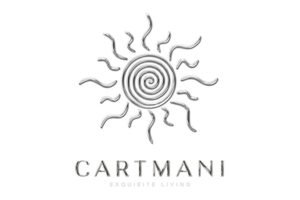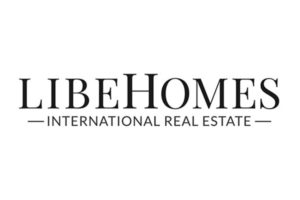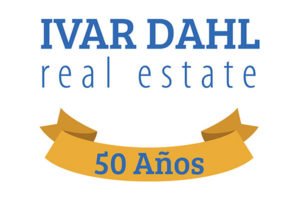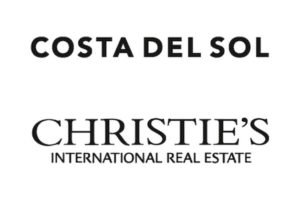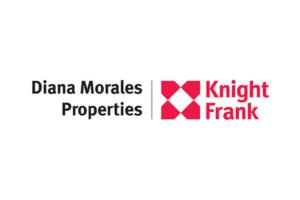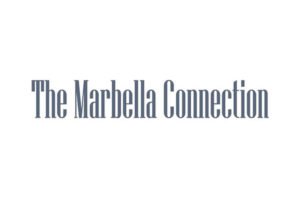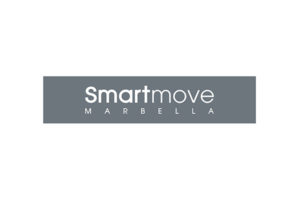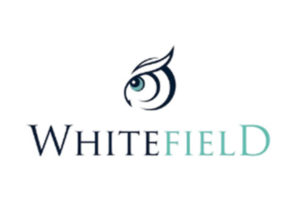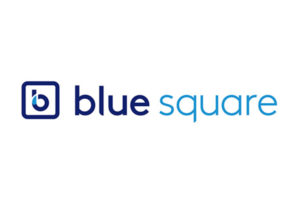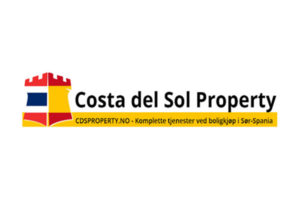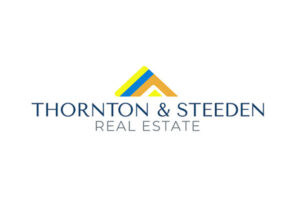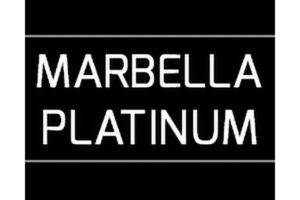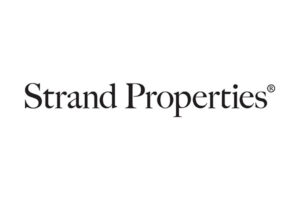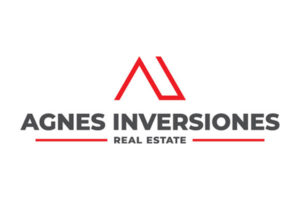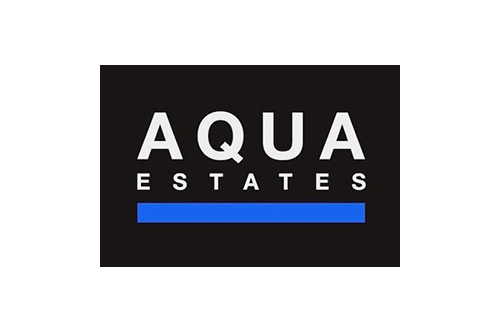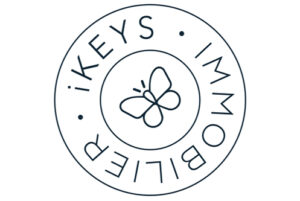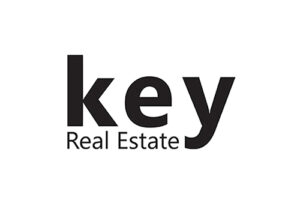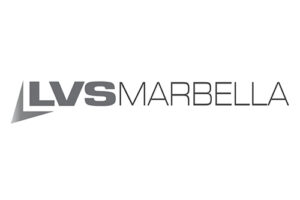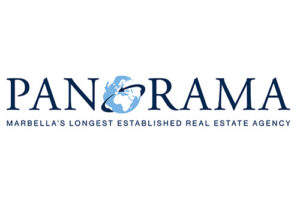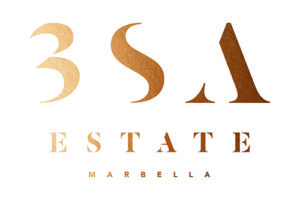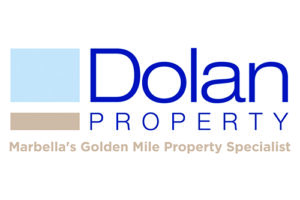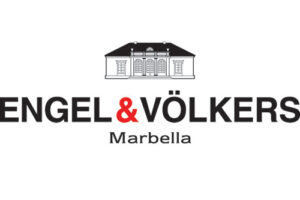We are delighted to share the news that the multi-award winning Villa Alcuzcuz, now officially the largest luxury passive house in Spain, has been granted Passivhaus Certification. The keys to the villa were handed over to its owner on May 26.
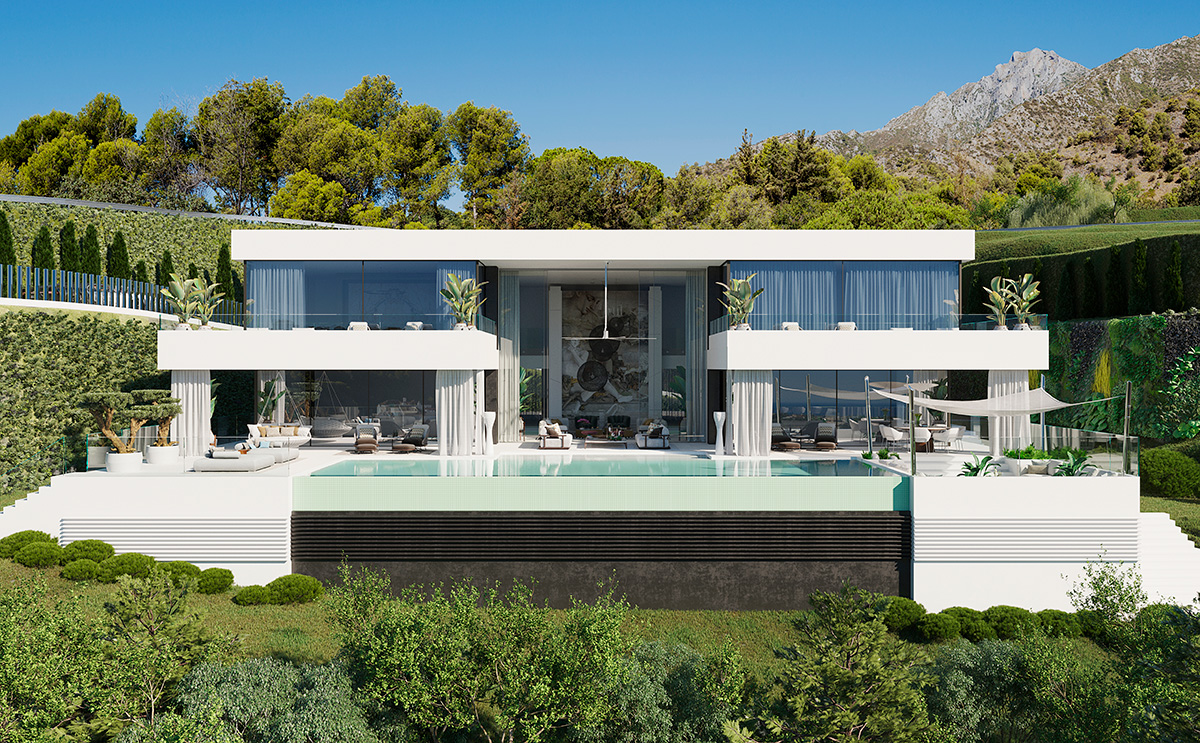
Article by Cheryl Gatward. Images courtesy of BRIGHT and Juan López (C&F)
Sustainability and luxury are often wrongly perceived as being at opposite ends of the comfort spectrum, but Villa Alcuzcuz brings the two together, combining exceptional environmental sustainability with maximum luxury.
The Passivhaus concept, whose aim is to save up to 75% of heating and cooling needs, was developed in the 1980’s in Germany as a means of building houses with minimum to zero (if at all possible) energy consumption. The little additional energy required can easily be renewable, resulting in a very low energy – read financial – cost for the owner and an overall minimal carbon footprint. This standard does not imply the use of a specific type of product, material or architectural style, but the optimization of existing resources through passive techniques.
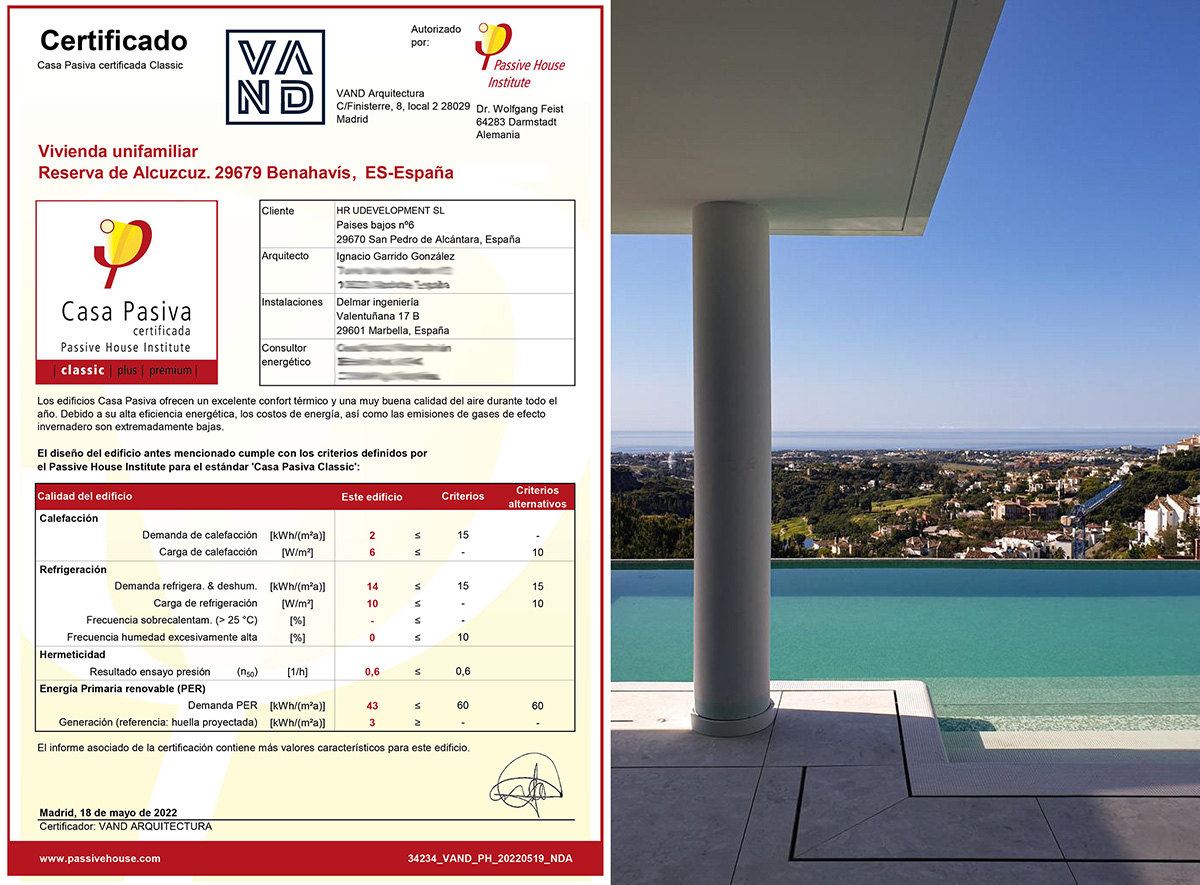
The importance of the concept is evidenced by the fact that buildings are responsible for up to 36% of the pollution in our cities, compared to 13% from car emissions, and they consume around 40% of primary energy.
Passive House stands for healthy and comfortable living and impressive energy efficiency, regardless of regional climate. It has rapidly increased in popularity over recent years, with more than 33,000 units certified according to the strict Passive House Institute certification criteria.
BRIGHT is proud to have developed Marbella’s first Passive House and expects that others will follow this initiative.
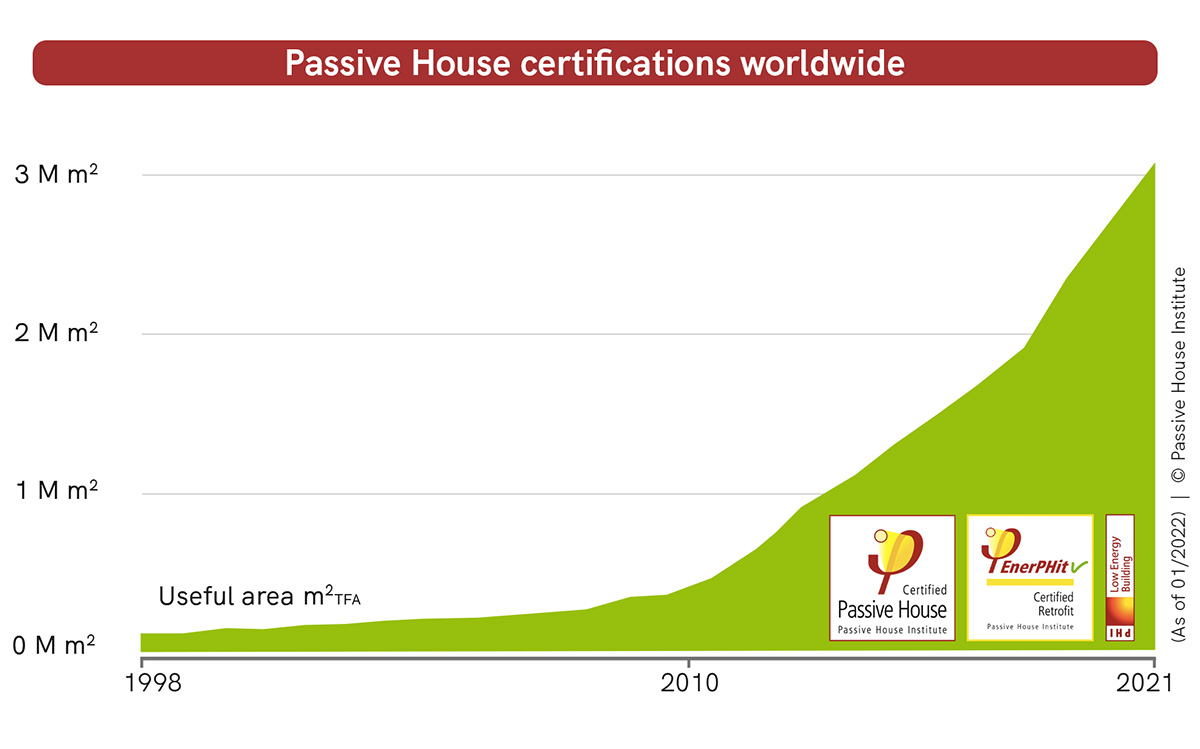
The Seven Principles of Passive House:
Bioclimatic design
For new constructions, an intelligent initial design, and for renovation, a detailed study of the available options, taking into account factors such as orientation, building compactness, solar protection and many more.
Thermal isolation
Passive houses use considerably more thermal insulation than standard-build homes, thus protecting the building from excess heat or cold, reducing energy demand and other adverse effects of seasonal change.
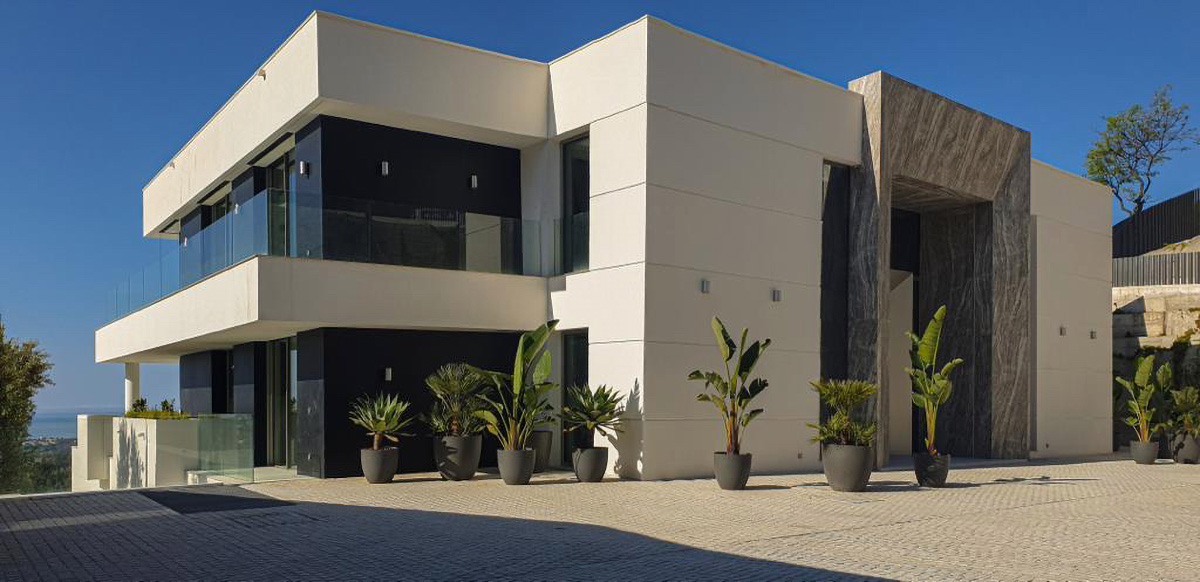
Absence of thermal bridges
Guaranteeing continuity of insulation at all points of the building envelope, to prevent thermal bridges or weak points through which energy is lost.
Air tightness
This thermal envelope is tested by a Blower Door test (see video below), which will pinpoint any unwanted air leaks between the interior and exterior through which air conditioning energy might escape. The thermal envelope also eliminates interior drafts from the outside.
Villa Alcuzcuz under construction, Blower Door Test, 16 December 2021
High performance windows
All carpentry work must be of the highest standard, generally using triple glazing, with low-emission gases in its chambers, and insulating frames and profiles. In addition to the high quality of the components, careful design and positioning is essential to take full advantage of solar energy when needed during the winter months, and to protect itself from harmful effects of the sun during the summer months. Precise execution of its installation on site is also essential.
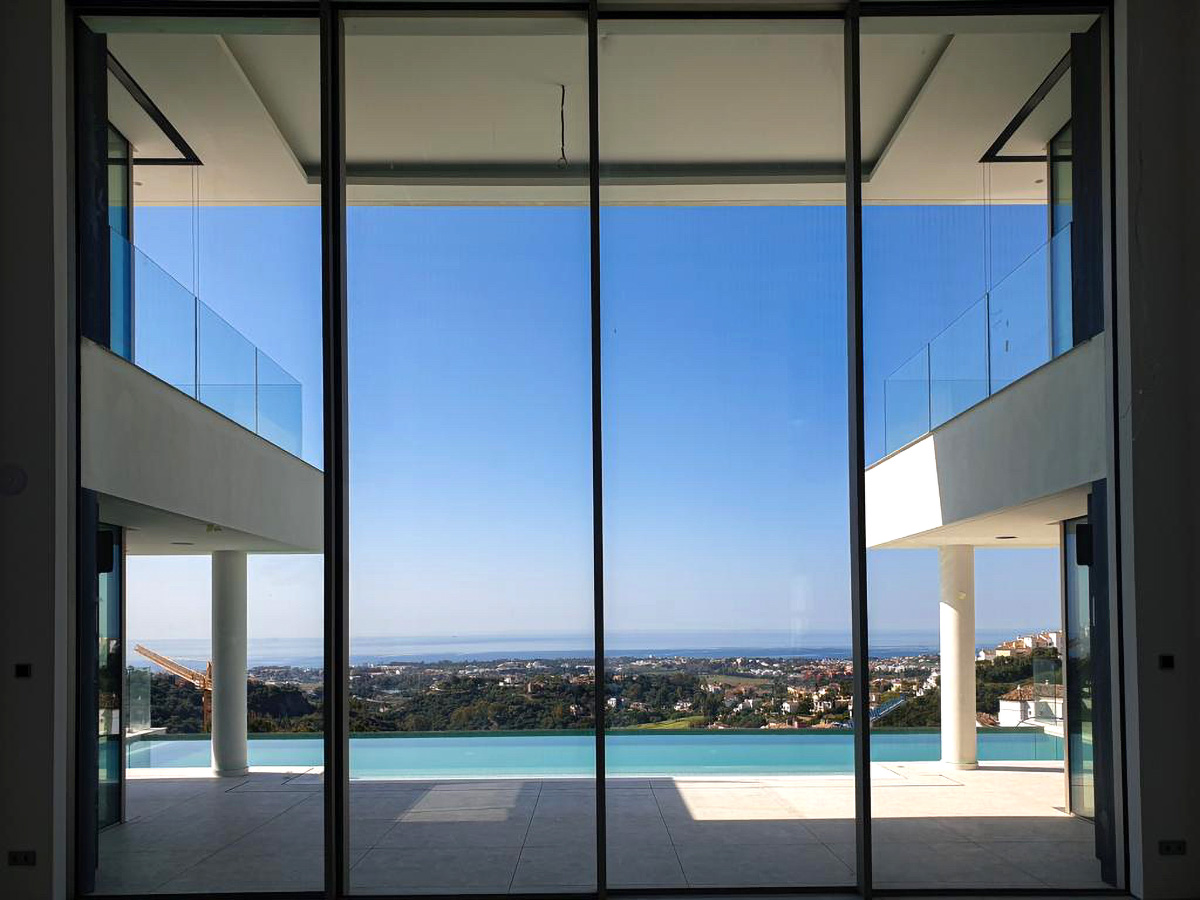
Mechanical ventilation with heat recovery
This ventilation is the lung of passive buildings, allowing continuous ventilation inside the property without loss of energy (temperature). In this mechanical exchange of air from outside in, all impurities are filtered to constantly provide occupants with the best quality interior air.
Solar protection
Direct sunlight in an already hot climate is not good for a house, and careful design from the outset is necessary to prevent the building from overheating.
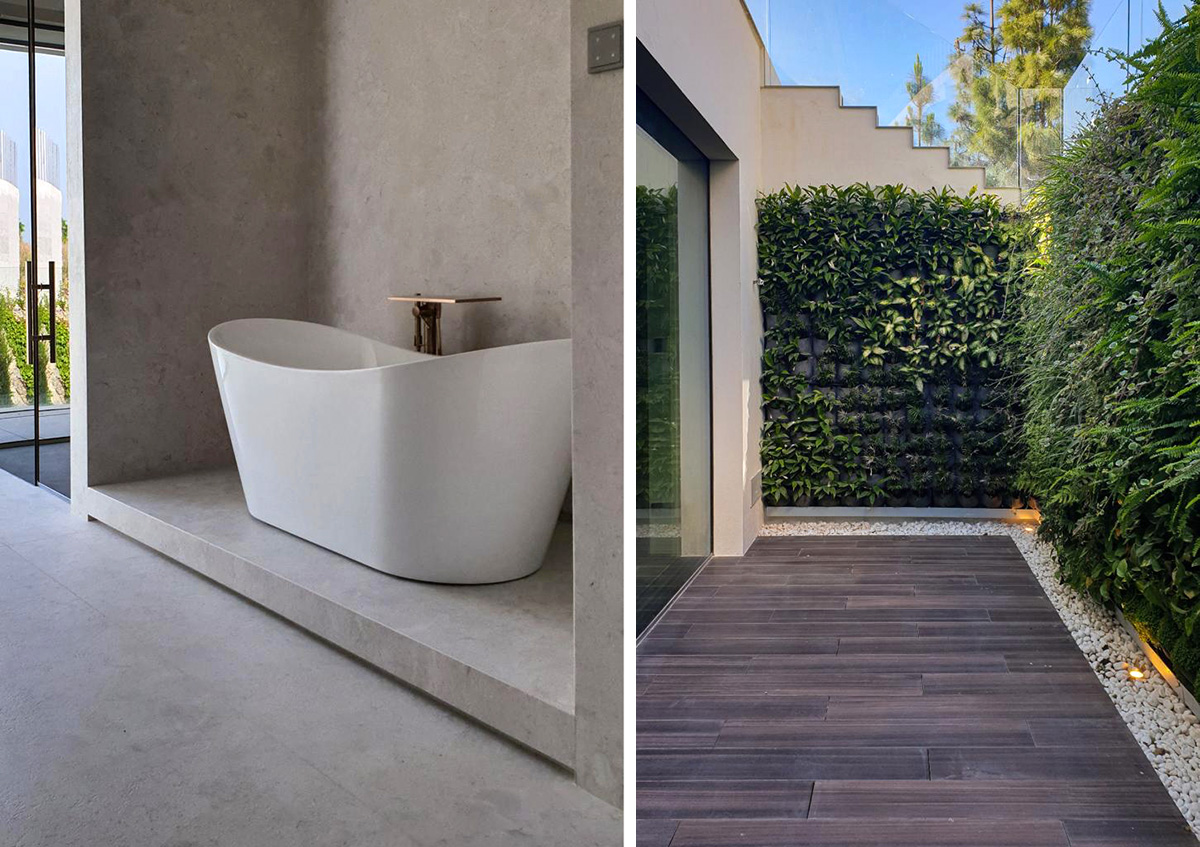
A Showcase Villa
Villa Alcuzcuz could be considered a showcase villa, but it has a great deal more to show than any other property of its kind, not only on the Costa del Sol but anywhere else in the world. This is how luxury should be: impressive in its environmental friendliness, built to the highest standards of design, construction and energy efficiency, and finished to an unusual degree of excellence.
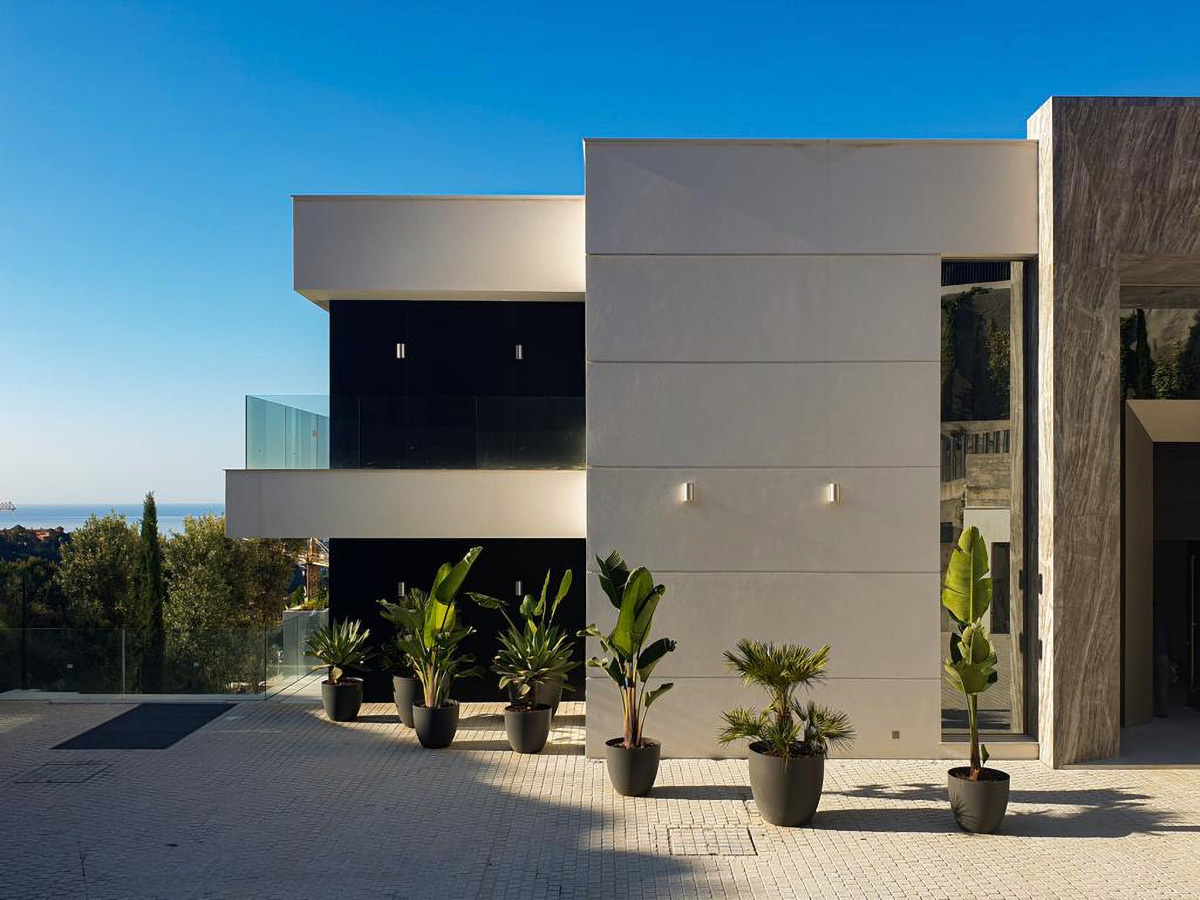
We offer our congratulations to the team that created Marbella’s first luxury Passivhaus, especially to principal architect Ignacio Garrido González, assisted by Gloria Macías Ocaña and Laura Vallejo Ruano from the UDesign Architect’s Studio. We also congratulate the technical architects Cristian Fernández Garzón and Pablo Fajardo, Passivhaus representative Juan Carlos Susuno, Project Manager Juan López (C&F), the construction company RUGUE and Construction Manager José Domingo Fontiveros.
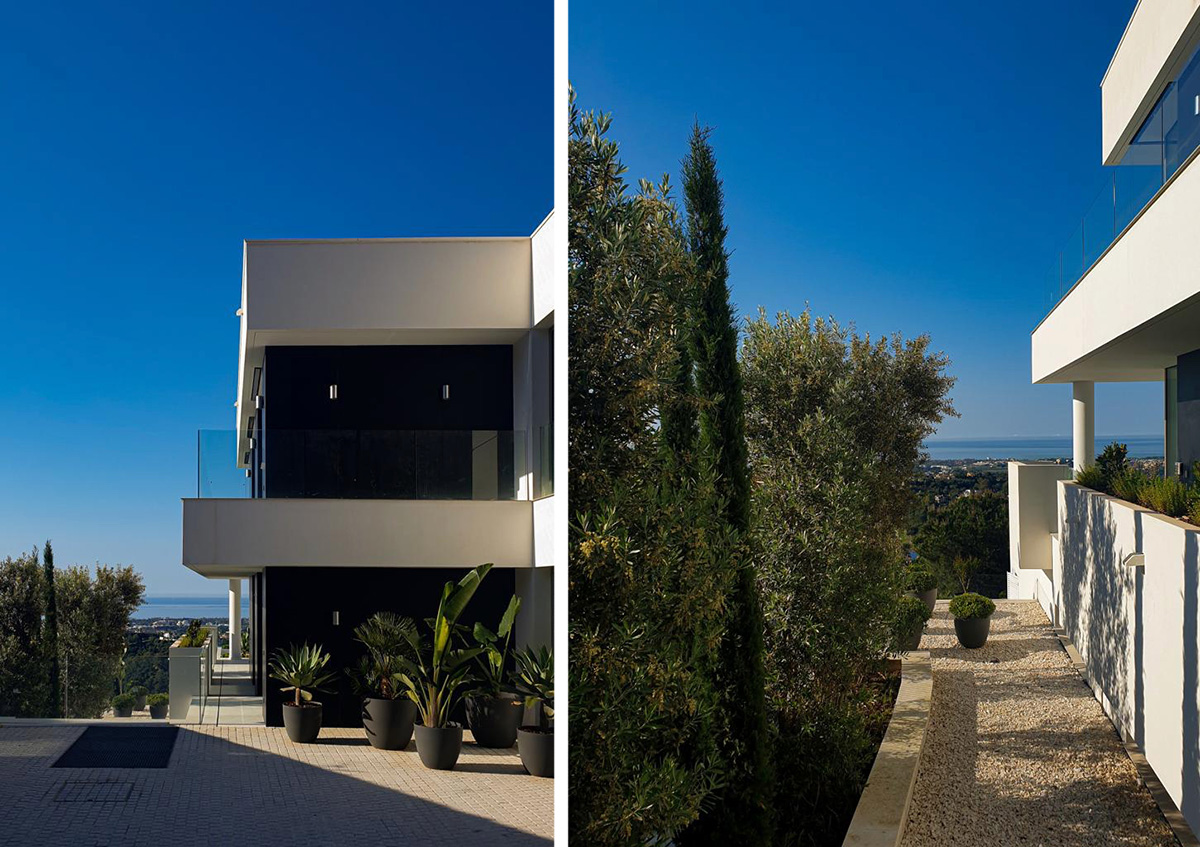
Thanks also to Arup (Passivhaus Designers) representatives Karen Martínez Ramírez, Nuria Diaz Antón and Cesar Blanco Sancibrian, to our engineers from DELMAR Engineering Miguel Delgado Padial and Miguel Delgado Márquez, and to CQD Engineering representatives Rafael Ruiz Vera and Mariano Morilla Morillo.
And of course, we congratulate UDesign’s CEO and Creative Director, Jason Harris, and CEO of BRIGHT, Michael Rodziewicz, who developed and promoted this spectacular villa.
As soon as the interior design is finished we will be posting another update to show the villa completed.
The BRIGHT development team can be contacted on (+34) 682 105 002 Email: info@by-bright.com

